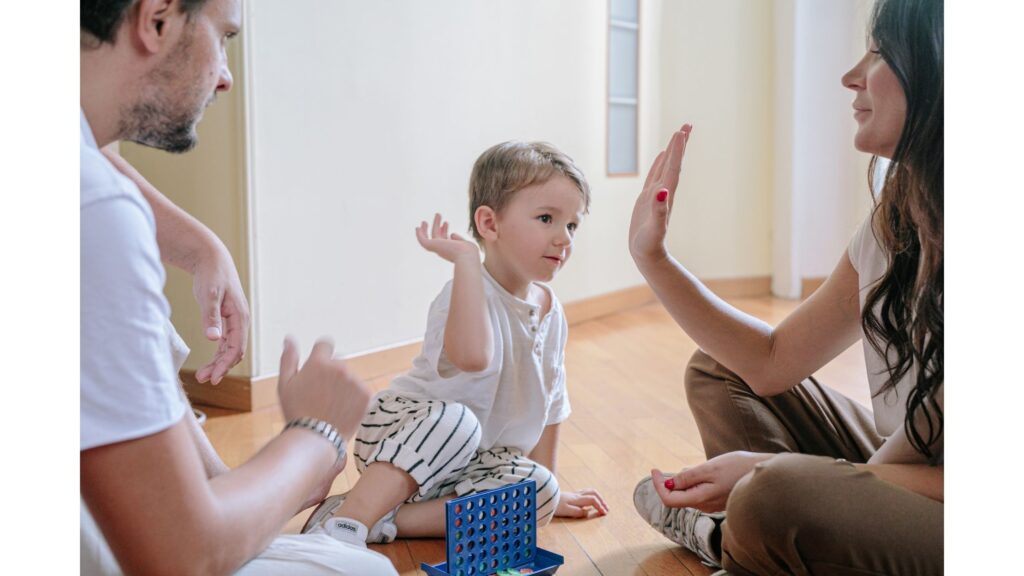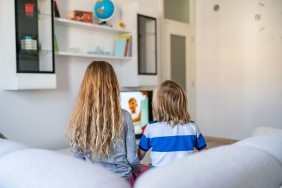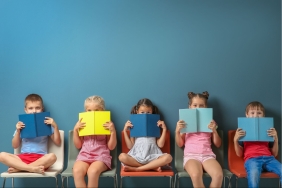Phobias and Fears in Children; Phobias and fears are very common during the development process of children. These fears can negatively impact children's quality of life and negatively impact their educational performance. In this article, therapy methods used to deal with the formation of phobias and fears in children will be examined.
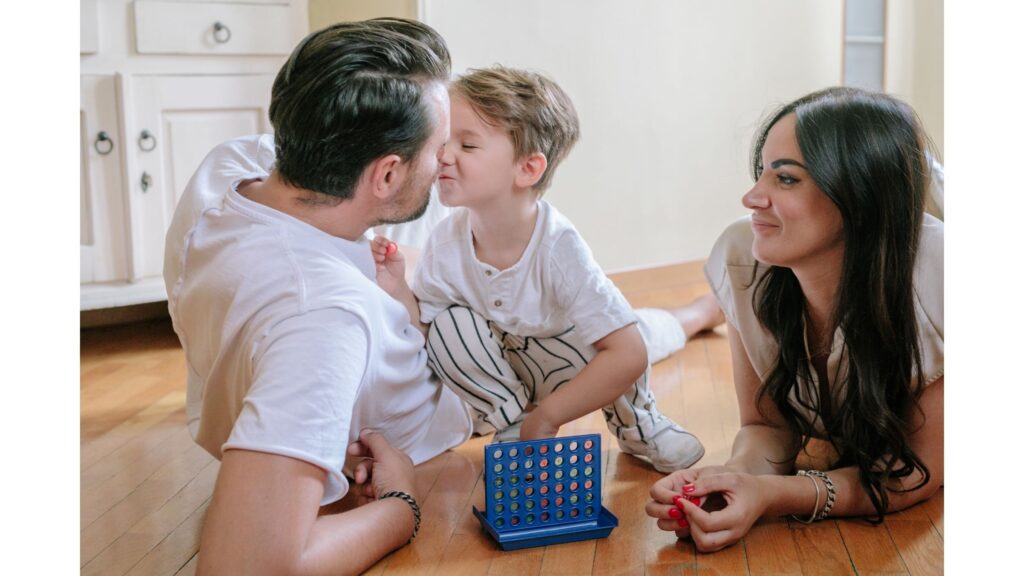
Phobia and Fear: Definition
Phobia can be defined as an abnormal and excessive fear of an object, situation or activity. For example, phobias such as fear of heights and fear of animals are common examples. If fearIt is the child's anxiety and worry at a level that affects his/her daily life, even if there is no real threat or danger.
Causes of Formation
The formation of phobias and fears in children occurs through the interaction of various factors. Factors such as genetic predisposition, environmental factors, traumatic experiences, parental attitudes and learned reactions may play a role in the development of phobias and fears.
II. Symptoms of Phobias and Fears in Children
Phobias and fears can manifest themselves in different ways in children. These symptoms may include:
- Physiological symptoms: Physical reactions such as increased heart rate, sweating, tremors, and nausea may be observed.
- Behavioral symptoms: Behavioral changes such as avoidance behaviors, overreactions, or aggression may occur.
- Emotional symptoms: Negative emotions such as anxiety, fear and panic may be experienced.
- Cognitive symptoms: The idea of being under constant threat, unrealistic thoughts and excessive anxiety may be observed.
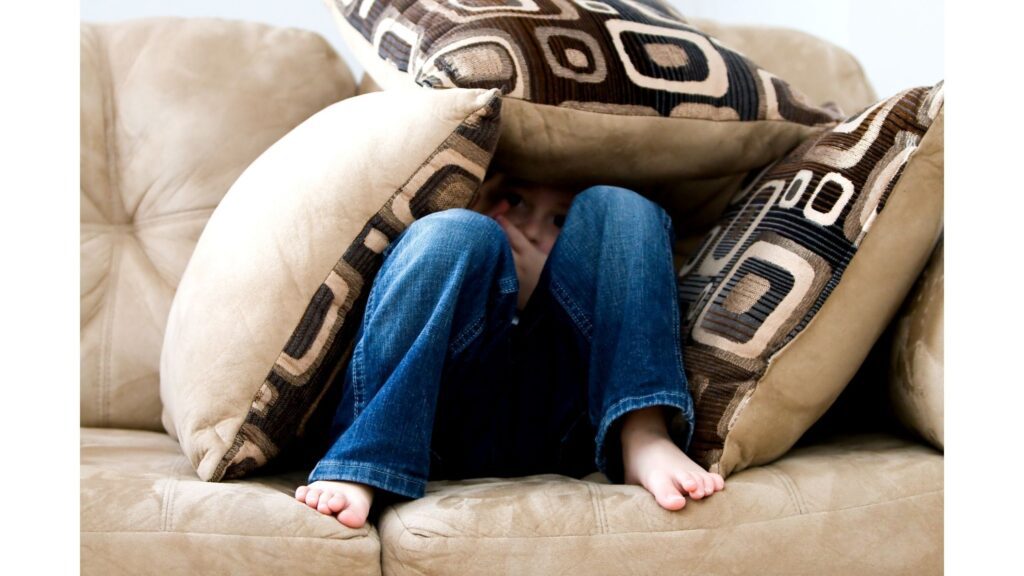
Therapy of Phobias and Fears in Children
A) Cognitive-Behavioral Therapy (CBT)
CBT is an effective method for treating phobias and fears in children. In this type of therapy, children learn how to control their fears and phobias. By changing the thought and behavior patterns associated with fears and phobias, the child is allowed to relax and continue his daily life.
B) Play Therapy
Popular among children, play therapy can help children deal with their fears and phobias. Games help children reveal their emotional expression and inner world. Therapists incorporate games into the therapy process to help children understand their fears and phobias and learn to manage them.
C) Family Therapy
Family therapy also plays an important role in the treatment of phobias and fears in children. Parents are trained to help their children understand and support their fears. At the same time, the impact of family dynamics on children's fears is also discussed and solution-oriented strategies are developed.
Cognitive-Behavioral Therapy (CBT)
Cognitive-behavioral therapy is an effective method for treating phobias and fears in children. This therapy focuses on helping the child understand and change thought and behavior patterns associated with his or her fear or phobia. The basic principle of CBT is the belief that thoughts influence feelings and behavior. Children learn to cope with their fears by recognizing and changing the thought patterns that trigger their fears.
During the therapy process, children are talked openly about their phobias and fears. The therapist uses a variety of techniques to understand the child's fears and respects the child's emotional world. The child has the opportunity to confront and overcome fear by doing exposure exercises against his fear or phobia. The therapy process is customized to suit the child's developmental level and needs.
Play Therapy
Play therapy is an effective therapy method that helps children cope with their phobias and fears. Children have fun while developing their emotional and cognitive skills. Games reveal children's inner worlds and emotional expressions and are an important tool for therapists to understand children's fears and phobias.
During the therapy process, children are guided through their own unique games. Games allow children to face their fears and experience fear in a safer environment. By interacting with children during play, therapists have the opportunity to understand their emotional world and develop appropriate strategies to address their fears.
Family Therapy
Family therapy plays an important role in the treatment of phobias and fears in children. Families are trained to understand and support their children's fears. At the same time, the impact of the dynamics within the family on the child's fears is discussed and strategies for positive changes are developed.
In addition to helping the child learn how to cope with his fears and phobias, family therapy is also used to strengthen communication and emotional bonds between family members. Families learn to deal with their children's fears with understanding and patience, so that the child's treatment process progresses more effectively.
Strategies for Coping with Phobia and Fear
In addition to therapy methods in the treatment of phobias and fears in children, some coping strategies that can be used in daily life are also important. These strategies help children deal with their fears more effectively:
- Breathing and Relaxation Exercises: Children should be taught simple breathing and relaxation techniques that they can use in times of fear or stress. These techniques help children calm down and can help cope with their fears.
- Realistic Thinking: Children must learn to think realistically when managing their fears. It is important to tell them how unlikely their fears will come true and that positive outcomes are possible.
- Confronting Their Fears: Children should be given the opportunity to gradually confront their fears. However, this process should be carried out in a controlled and supportive manner.
- Modeling: It can be helpful to provide children with role models who have fears and deal with them. This creates a positive impact where children will be inspired to overcome their fears.
- Providing Safe Environments: It is important to create an environment where children feel safe and can express their fears openly. This helps children feel more comfortable sharing and addressing their fears.
Prevention and Early Intervention
Treatment of phobias and fears in children can be more effective with early detection and intervention. Parents and educators should carefully observe children's behavior and emotional reactions, and seek professional help in a timely manner in case of abnormal behavior or obvious fears.
early interventionIt provides positive effects on the child's fears and phobias and can prevent long-term negative consequences. The support of families and educators during the treatment process contributes to the child's successful coping with his fears.
Phobias and fears in children are natural and can be managed with effective therapy methods and coping strategies. While cognitive-behavioral therapy, play therapy and family therapy help children face and manage their fears, strategies they can use in daily life should also be taught. Early intervention and support contribute to the healthy growth and development of children. Collaboration between parents, educators and therapists plays an important role in helping children overcome their fears and contributes to a healthy and happy childhood. Strengthening children's ability to cope with their fears positively affects their quality of life by increasing their self-confidence and prepares them for a healthy future.

